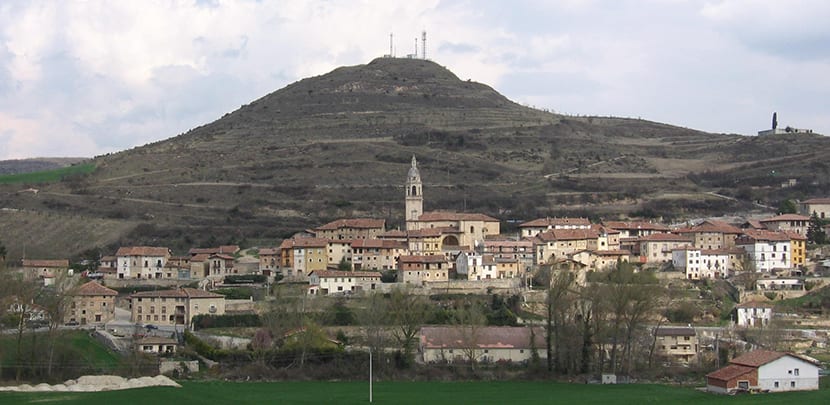
This week I focus on Castilla y Leon. On Tuesday we enter the Cañón Río Lobo Natural Park and today the appointment is with Treviño, a town and county in which you can take a walk through history and nature.
Since 1983 Treviño has a Historic Artistic Set which is considered an Asset of Cultural Interest and in which palaces, hermitages, bridges, fountains and churches stand out. Let's meet the beautiful Treviño.
Trevino
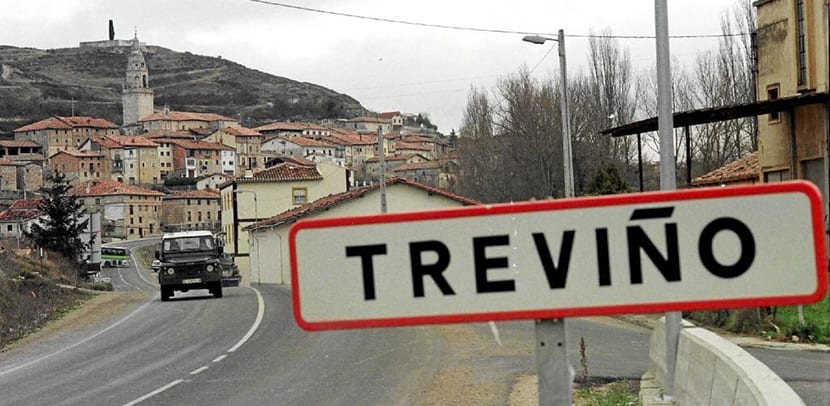
The lands where Treviño is today have been inhabited for centuries because they have found prehistoric remains that they testify to it. The town of Treviño was founded around 1161 by King Sancho VI of Navarra, but the King of Castile Alfonso X conquered it a little less than a century later and the town came under direct royal jurisdiction. It became a county in 1453, thus handed over to the Manrique de Lara y Castilla family, at that time and to Duques de Jara.
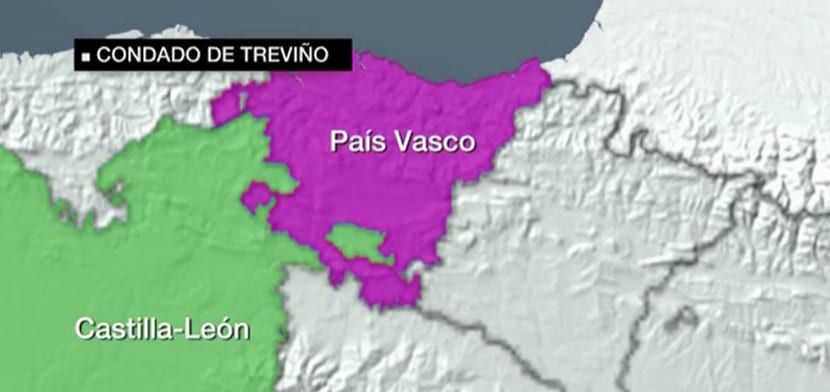
Treviño is part today, with La Puebla de Arganzón, the Treviño enclave, which is in turn located within the province of Álava. Both municipalities form something like an island and for a long time they want to separate from Castilla y León, from which they are geographically far away, and become Basques. In fact, Burgos is an hour away by car and Vitoria is only 18 kilometers away. Obviously Castilla y León does not want to know anything but in 2013 a new stage has begun with another new attempt.
Trevino lives from livestock and agriculture and commercially speaking it is linked to Vitoria.
Treviño Tourism
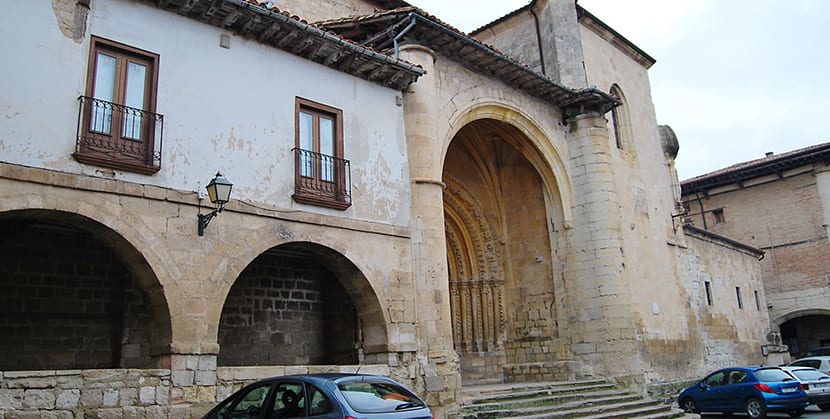
As we said, the pearl of Treviño is its historical and artistic heritage, but we can add some natural pearls. Let's start with the first whose heart is the urban complex founded in 1661. The layout of the town is medieval and there are churches and palaces among which the Palace of the Counts of Treviño from the XNUMXth century, today it works as City Hall, and the Palace of the Left of the XNUMXth century.
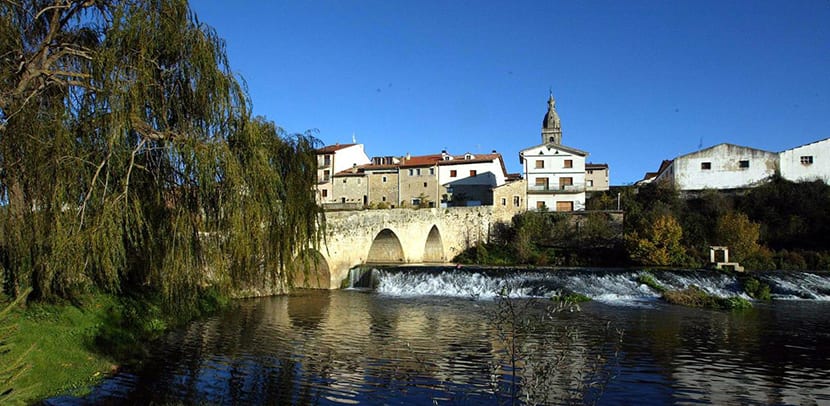
Among them there are narrow streets, gardens and small squares, in addition to churches like the hermitage of San Juan Bautista or the Parish of San Pedro Apóstol from the thirteenth century. Inside the parish there is an image of the White Virgin, a 1th century carving of Christ and a beautiful Churrigueresque altarpiece. There is mass on Sundays and religious holidays at XNUMX in the afternoon and in July and August, the tourist months, there are special hours for visitors organized by the town hall itself.
To these constructions are added another hermitage, that of San Roque, the XNUMXth century fountain and gothic style bridge that crosses the Help river. The town of Treviño, not the county itself, is a town built on the southern slope of a hill that above all has a medieval castle with a baroque tower and parish church, a site that used to be an important crossroads.
Being so related to the Basque Country the typical house in Treviño is made of sandstone and more than a single building, it is a small group of buildings, each with its own function: cattle, straw, and tools. And if you sharpen your eyes, some of their houses still have parts of adobe and wood, very medieval.
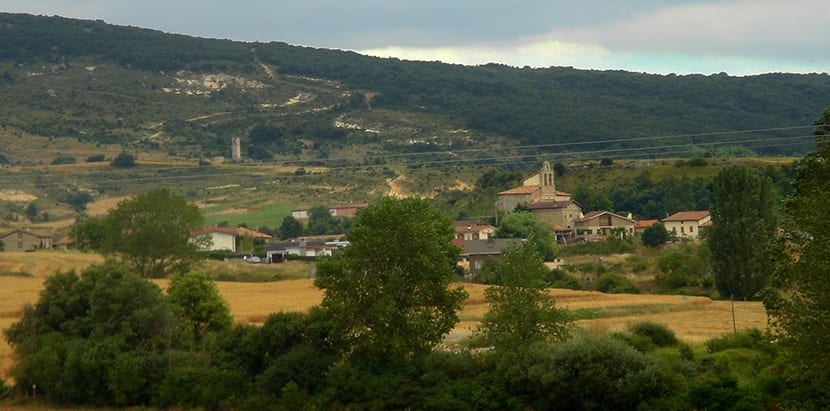
But beyond the historical heritage there are some natural postcards that we can know and that are in the surroundings. Without having to move very far, and always being by car or bike, we can get to know other towns, caves and churches dug into them. Yes, for example, calls Sacred caves of Treviño.
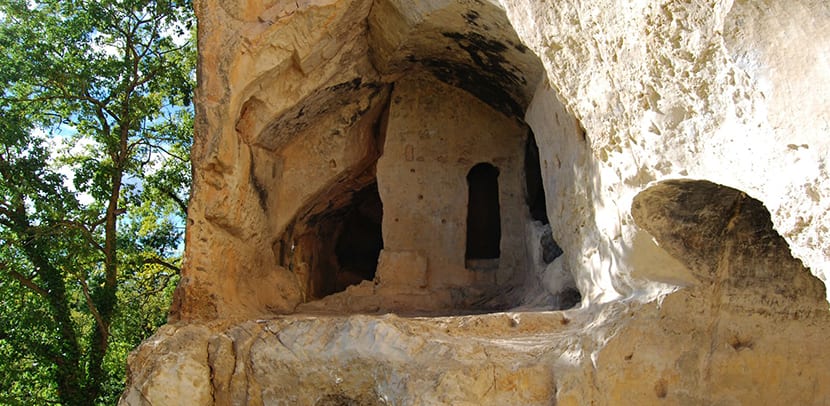
These caves They are in the valleys of Treviño and the Alavesa mountain. The Ayuda River and many streams run through here, forming a map of cliffs, rocks and ravines through which it is easy to get lost. Have been counted more than a hundred artificial caves that men have excavated for centuries and among them are early Christian cemeteries and churches, the oldest in Euskal Herria, and that can be known if one goes exploring in these parts.
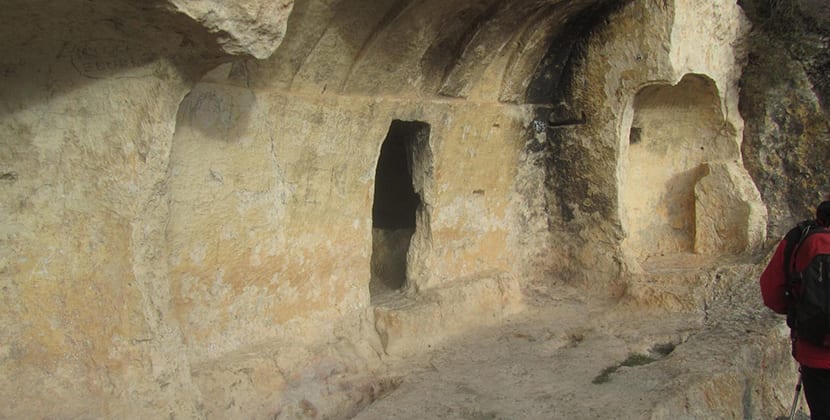
Exploring precisely you get to some of the nearby towns, each with its own little charm. For example, there is the town of faido with a path that climbs between bushes, the one that takes us right to where the Caves of San Miguel and San Julián, to which we can enter, and from whose interior a church carved in the rock can be seen on the other side of the ravine. It is the Church of Our Lady of the Rock which can also be reached by a steep path.
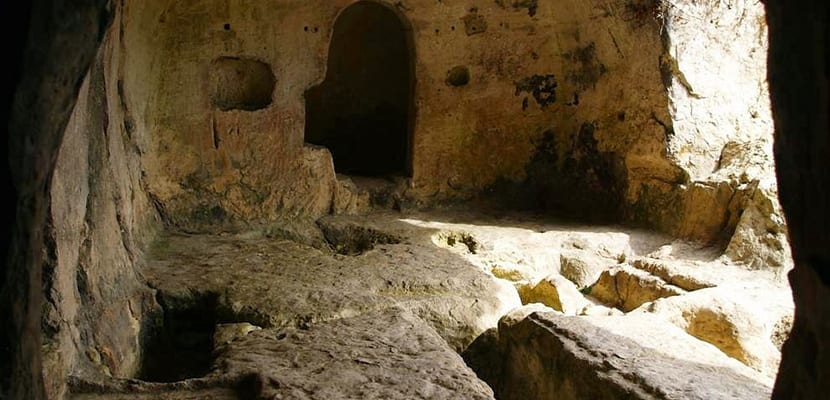
Around there are also the caves of San Torcaria and de las Gobas, closer to the town of Lano. Here is concentrated a good amount of temples and cave rooms, perhaps the largest in the Iberian Peninsula, since the white limestone made the job very easy. These churches had altars, sacristies and arches but after years of emptying the mountain, rather its base, much ended up collapsing. There were even graves in the ground and it was thus a truly holy valley.
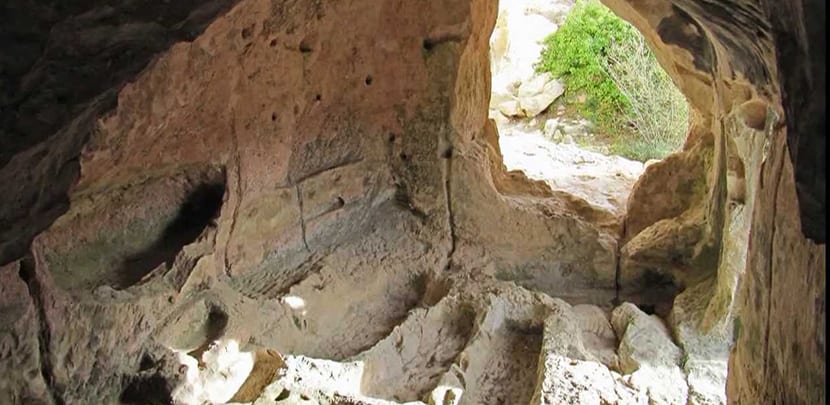
Who did this great work? Well, it is not known for sure and there is a certain halo of mystery about the topic. It is known that around the XNUMXth century hermits and later monastic communities or peasant families arrived in the area, many of them taking refuge from the Muslims. But just as they carved everything, they abandoned it in the XNUMXth century and went to found towns, leaving a landscape similar to a cheese with holes in it with some wonderful sites, and others that one still wonders today how they did to get there.
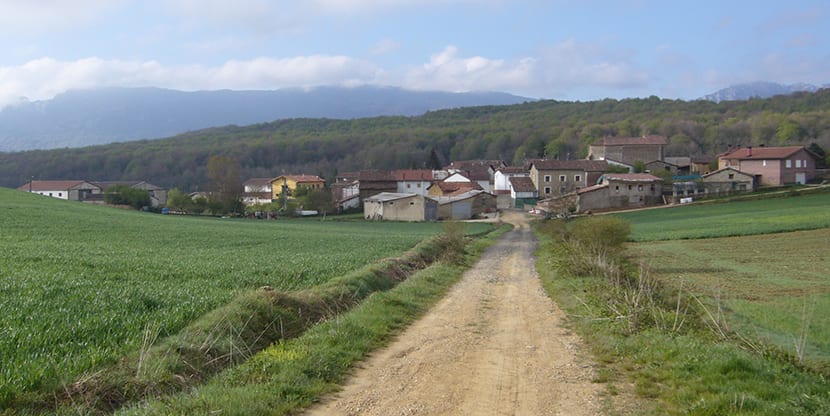
Finally, if we are by car, we can get to know other towns such as Markinez with its caves of San Salvador and its church carved into the rock, the rock hermitage of Santa Leocadia or that of San Juan. There is also the town of Arluze where you can visit the hermitage of San Juan de Larrea, which was a castle, a small fortress but still a fortress, with a tower, walls and a cistern.
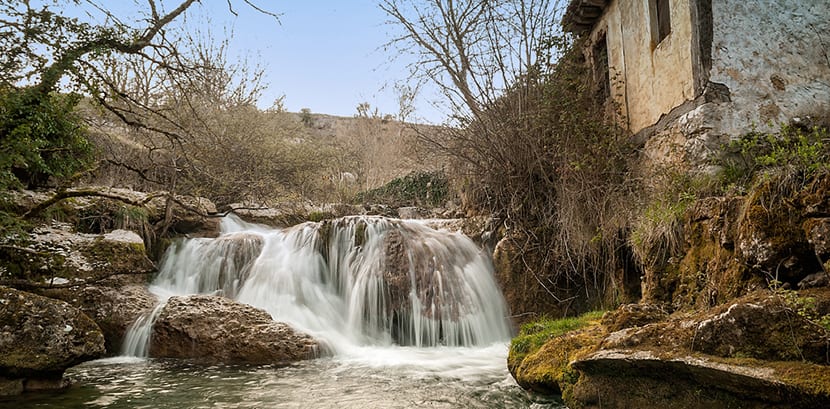
And so we can continue our journey towards Saseta and Okina with its cannon. To know all this you will not move more than 20 kilometers through a beautiful and desolate land crossed by ravines, towers and caves. There are no people, although there is a lot of history.